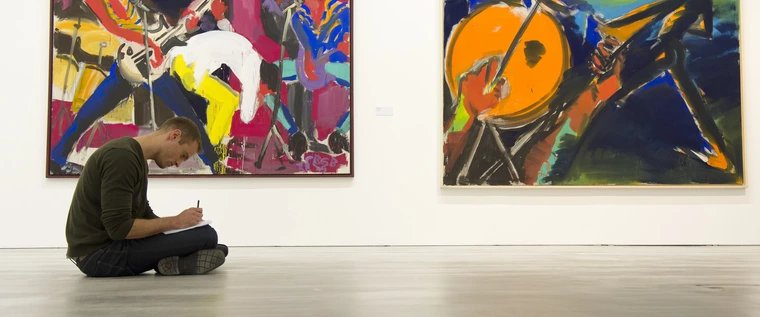
Since the reopening of Berlin's Bode Museum in October 2006, the entrepreneur and art collector Reinhold Würth has made an exquisite selection of 28 works from his Kunstkammer available to the Berlin Sculpture Collection on loan. These precious gems of small sculptures, mostly made of ivory or other precious materials, found their congenial home in the immediate vicinity of the Brandenburg-Prussian Kunstkammer. The loans, which were initially promised for three years, were extremely popular with the public, so that the contract was repeatedly extended and constantly supplemented and updated by spectacular new acquisitions.
The successful collaboration, which has now lasted 16 years, has reached another high point with the new presentation: of the 30 works now on display, 14 sculptures alone are being exhibited in the Bode Museum for the first time - including numerous masterpieces that have been acquired in the meantime, which are shown off to particularly impressive effect in front of the new anthracite-coloured funds.
Among the most exquisite new acquisitions of recent years are undoubtedly the stucco relief of the "Holy Family" by the Augsburg Renaissance artist Hans Daucher (1486-1538), the "Rape of Proserpina" by the ivory carver Matthias Steinl (ca. 1644-1727), who worked at the Viennese court, and the "Laocoon" by the ivory carver Leonhard Kern (1588-1662), who worked and died in Forchtenberg and Schwäbisch Hall. The latter is one of the "house saints" of the collector Reinhold Würth, who, as is well known, feels particularly attached to the artists of his Hohenlohe homeland around Künzelsau, the headquarters of his company, and Schwäbisch Hall, the location of Kunsthalle Würth.
Würth, whose collection focus is otherwise predominantly in the field of classical modernism and contemporary art, has always been interested in masterpieces from earlier eras as well. His most significant coup in this field was the "Schutzmantelmadonna des Bürgermeisters Jacob Meyer zum Hasen" by Hans Holbein the Younger (1497/98-1543), which he acquired in 2011 and which has since formed the undisputed centrepiece of the secularised Johanniterkirche in Schwäbisch Hall with its old masters.
The newly installed "Kunstkammer Würth" can be seen on the upper floor (room 222) of the Bode Museum.



